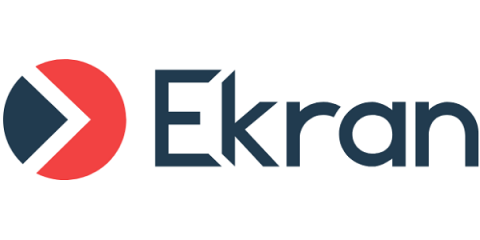Security | Threat Detection | Cyberattacks | DevSecOps | Compliance
Insider Threats
The latest News and Information on Insider Threats including employee monitoring and data privacy.
Bossware and the Future of Work
Recently, there has been considerable coverage of “bossware” and a focus on draconian types of “surveillance” some companies are using to stay on top of remote and flexible workforces. Articles claim companies are accessing the camera on laptops and tracking every movement so that employees can’t even go to the bathroom. In 1992, the New York Times ran a long article about Caller ID and how the new technology was an invasion of privacy.
Threat detection review: Insider threats in cybersecurity
Globally, 67% of companies experience between 21 to 40 insider-related incidents per year, according to Ponemon Institute’s The Cost of Insider Threats 2022 report. The same report reveals that the frequency and cost of insider attacks have increased significantly over the past two years. Insider threats are one of the tougher attacks to predict and prevent, because of the difficulty in identifying insiders.
Understanding Evolving Insider Risks in a Hybrid World
Insider risks are threats that already have access to an organization’s sensitive information. They are people who have physical access to the organization’s buildings and credentials to sign-on to the network. But maybe more importantly, they’re familiar with the organization’s processes, they speak the company lingo, and they know where the important assets reside.
Top 10 Mistakes of Security Officers in Protecting Remote Workplaces
Rethinking IAM: What Continuous Authentication Is and How It Works
Tanium Converge - Labs - Insider Threat
5 Reasons to Start Pseudonymizing Personal Data in Your Organization
Insider Threats and Indicators to Watch Out For
Many enterprises perceive cyber-attacks as malicious actions predominantly executed by external actors. Enterprises devote time and budgets investing in methods to bolster their security perimeters against external threat actors. However, it is equally important for these organizations to remember that many cyber-attacks, which cost millions in losses, originate through an internal compromise.
Q3 2022 Threat Landscape: Insider Threat, The Trojan Horse of 2022
In Q3 2022, Kroll saw insider threat peak to its highest quarterly level to date, accounting for nearly 35% of all unauthorized access threat incidents. Kroll also observed a number of malware infections via USB this quarter, potentially pointing to wider external factors that may encourage insider threat, such as an increasingly fluid labor market and economic turbulence.









